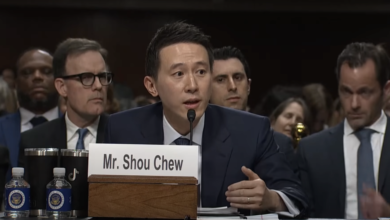The Army Experience Center, a 14,500-square-foot a military recruitment center targeting young children, has reported 37 recruits in its first four months of operation.
|
“They have all these kids in here that are 13, 14, 15 years old,” said new recruit Brett Verbich. “They get more exposed to it now because, you know, they are not going to walk into a regular recruiting station at 14 years old thinking about going into the Army.” (CNN, Jan. 14)
But the center is not the Pentagon’s only attempt at using games to lure youth into the military. A new video game, “America’s Army,” is being featured at industry shows, amusement parks, air shows, high schools and county fairs. The game immerses players in basic training before they can move on to specialized combat roles. Children become soldiers traveling through the Middle East bearing authentic U.S. Army weaponry.
“America’s Army” was created to “to build a game for Army strategic communication in support of recruiting.” The Army spent $6 million to develop the game at the Modeling, Virtual Environments and Simulation Institute before handing it over to private companies for adaptation to the console formats in 2004.
Cooperation between the video game industry and the Pentagon glamorizes war and portrays the U.S. military as the “good guys.” Players battle for “freedom and democracy” against racist stereotypes of oppressed peoples. The political, economic and geostrategic motivations of imperialist warfare are absent in these imaginary worlds.
The multi-million-dollar partnership between video game producers and the U.S. military has been on the rise since the late 1990s. Games like “Tom Clancy’s Rainbow Six: Rogue Spear,” put players into service to train military personnel in how to conduct small unit operations in urban terrain. Xbox’s “Full Spectrum Warrior” allows players to act as a light-infantry squad leader conducting operations in the made-up nation of “Tazikhstan, a haven for terrorists and extremists.” (Dissident Voice, Dec. 15, 2003)
The military has struggled to fulfill its recruitment quotas to maintain the occupation efforts in Iraq and Afghanistan—let alone expand the reach of U.S. military power. To that end, young and impressionable children provide an abundant supply of expendable bodies to replenish the military rank-and-file. Video games effectively turn the horrors of war into excitement and action, and U.S. forces are invariably the “good guys.”
Children are not cannon fodder for imperialist wars. The vast sums spent luring teenagers into the military should be used to fund cash-strapped schools. Money for jobs and education, not for war and occupation!







